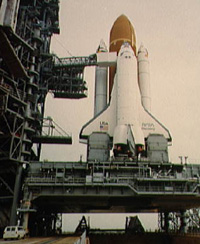The Shuttle Discovery on the Launch Pad (note its size compared to the van that appears in the picture)
Click on image for full size
NASA
Weather Cooperates with Discovery Launch
News story originally written on August 8, 1997
The mission STS-85 of the shuttle Discovery was launched at 10:41 EDT Thursday, August 7th. NASA officials were concerned that bad weather (a cold front and rain) would interfere with the launch. One helicopter had to be put up to check visibility, but other than that everything with the weather was fine.
Astronauts have already deployed the CRISTA-SPAS science satellite that is measuring infrared radiation emitted by the Earth's atmosphere. This satellite is part of NASA's Mission to Planet Earth enterprise, a study of the Earth as a global system. The 10-day mission also includes time for testing a small robotic arm identical to the one that will be used on the International Space Station's Japanese Experiment Module.
This is Discovery's 23rd flight in space. As Johnson Space Center Director George Abbey said, "...the diversity of the Space Shuttle system is once again ready to be demonstrated with STS-85."
You might also be interested in:
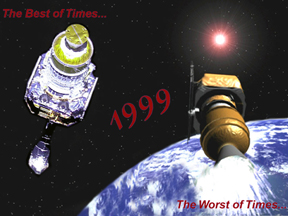
It was another exciting and frustrating year for the space science program. It seemed that every step forward led to one backwards. Either way, NASA led the way to a great century of discovery. Unfortunately,
...more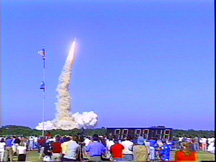
The Space Shuttle Discovery lifted off from Kennedy Space Center at 2:19 p.m. EST, October 29th. The sky was clear and the weather was great as Discovery took 8 1/2 minutes to reach orbit for the Unitied
...more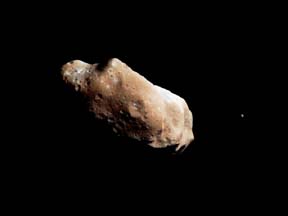
A moon was discovered orbiting the asteroid, Eugenia. This is only the second time in history that a satellite has been seen circling an asteroid. A special mirror allowed scientists to find the moon
...more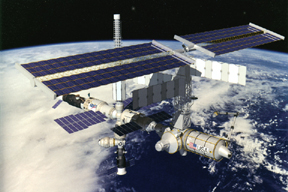
Will Russia ever put the service module for the International Space Station in space? NASA officials are demanding an answer from the Russian government. The necessary service module is currently waiting
...more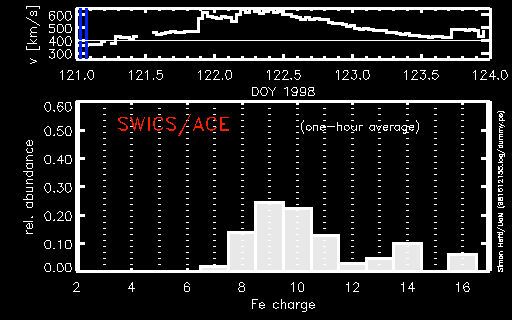
During a period of about two days in early May, 1998, the ACE spacecraft was immersed in plasma associated with a coronal mass ejection (CME). The SWICS instrument on ACE, which determines unambiguously
...more
J.S. Maini of the Canadian Forest Service has referred to forests as the "heart and lungs of the world." Forests reduce soil erosion, maintain water quality, contribute to atmospheric humidity and cloud
...more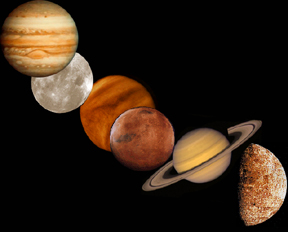
In late April through mid-May 2002, all five naked-eye planets are visible simultaneously in the night sky! This is includes Mercury which is generally very hard to see because of its proximity to the
...more


